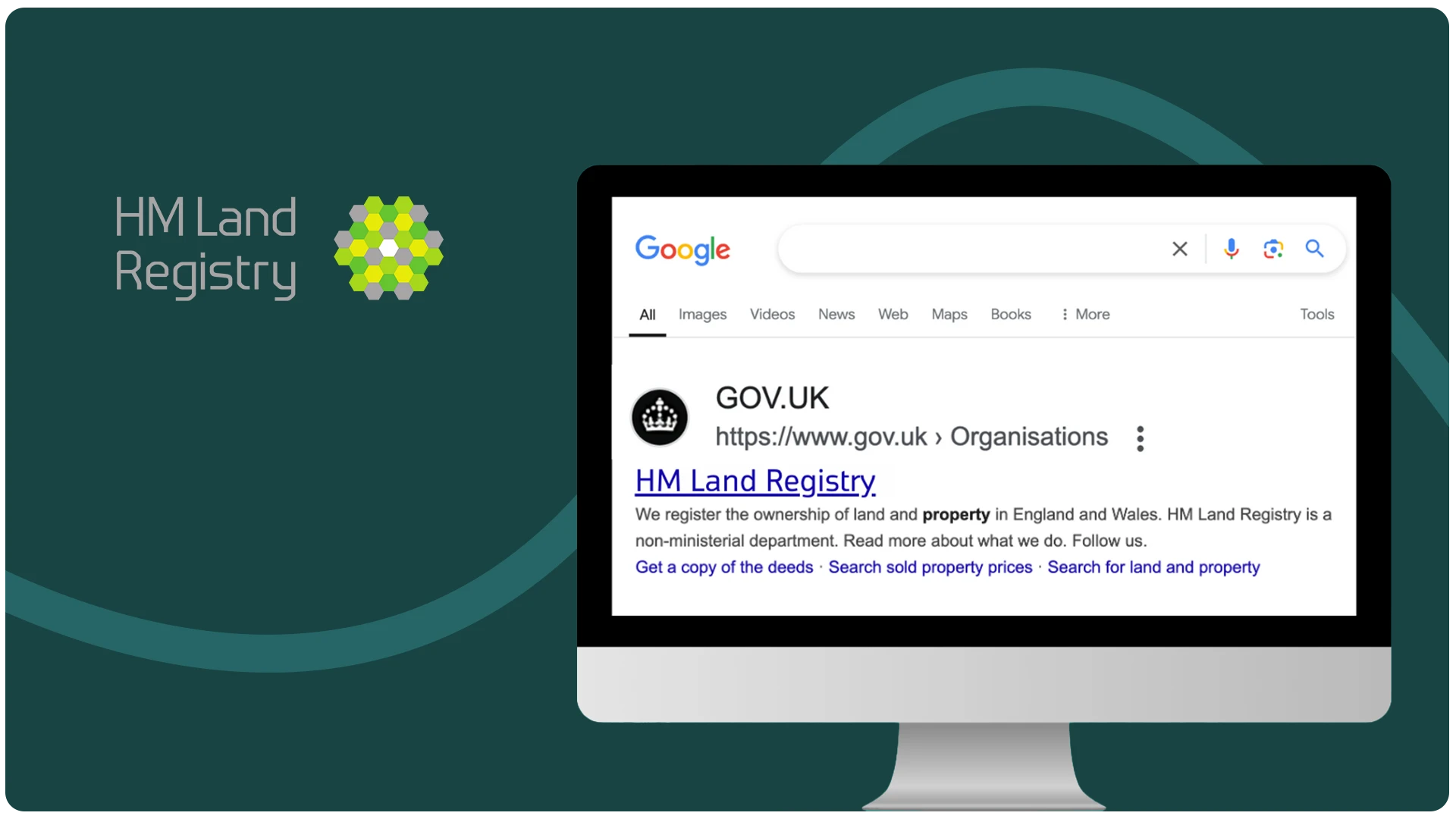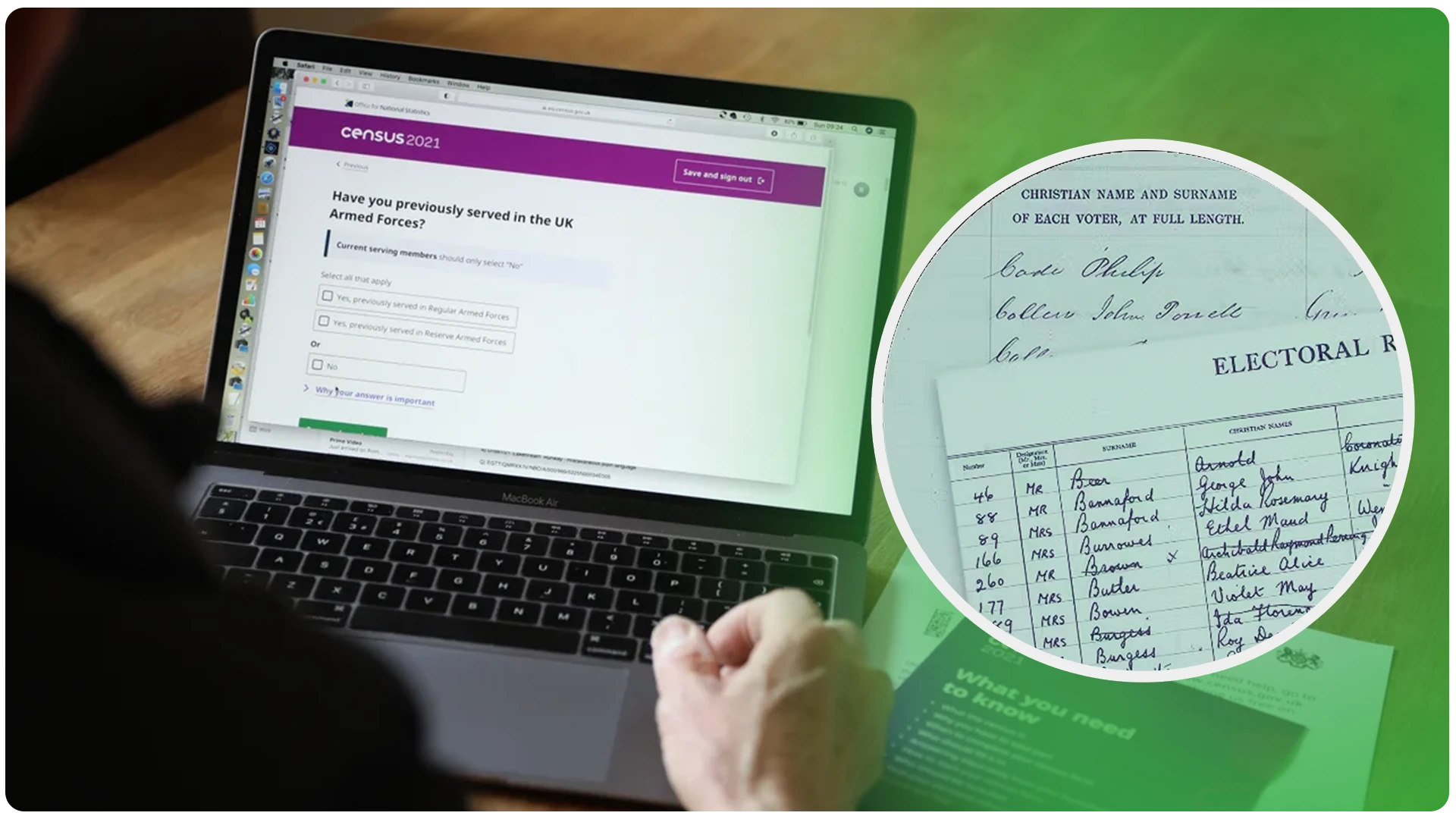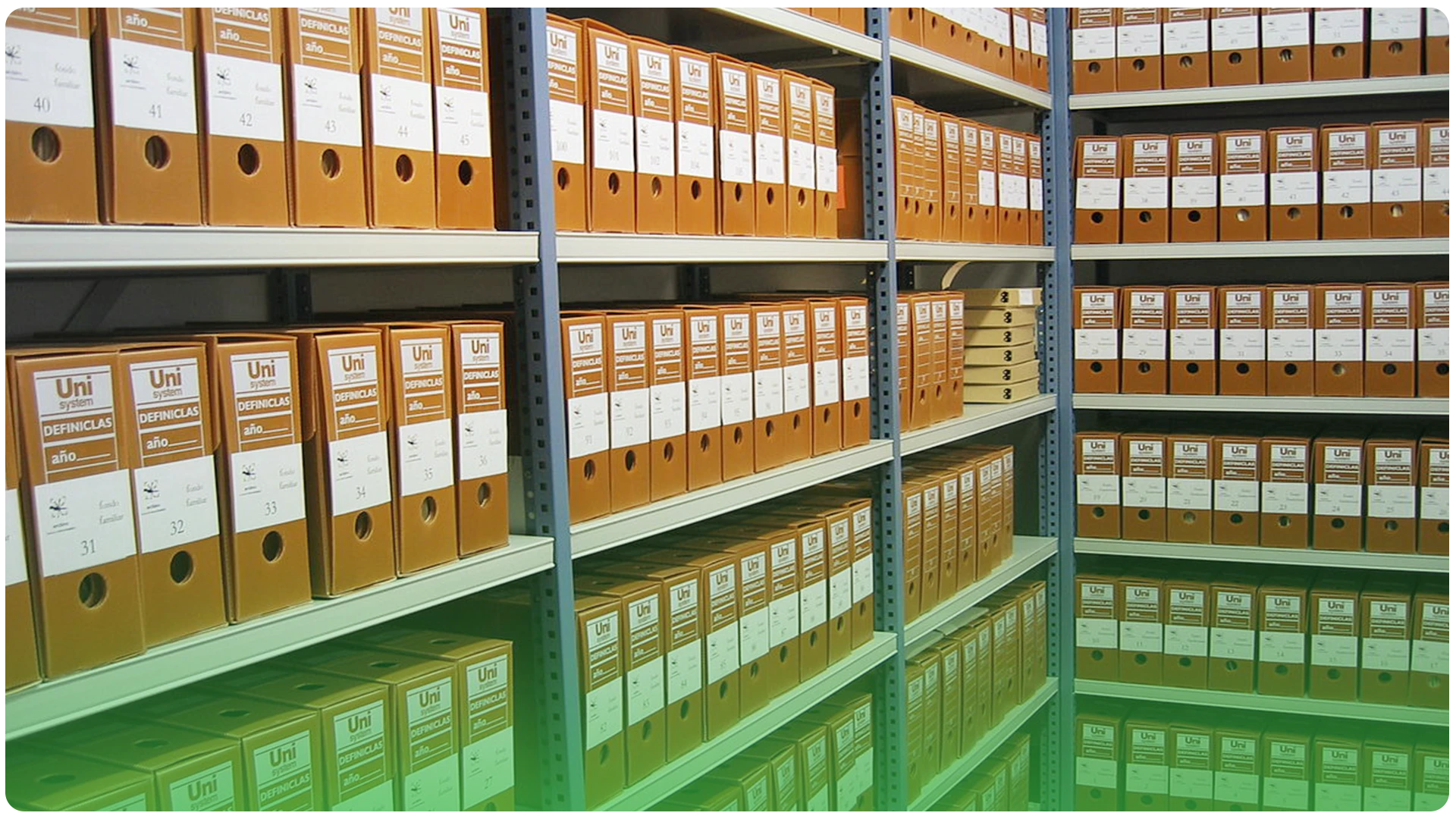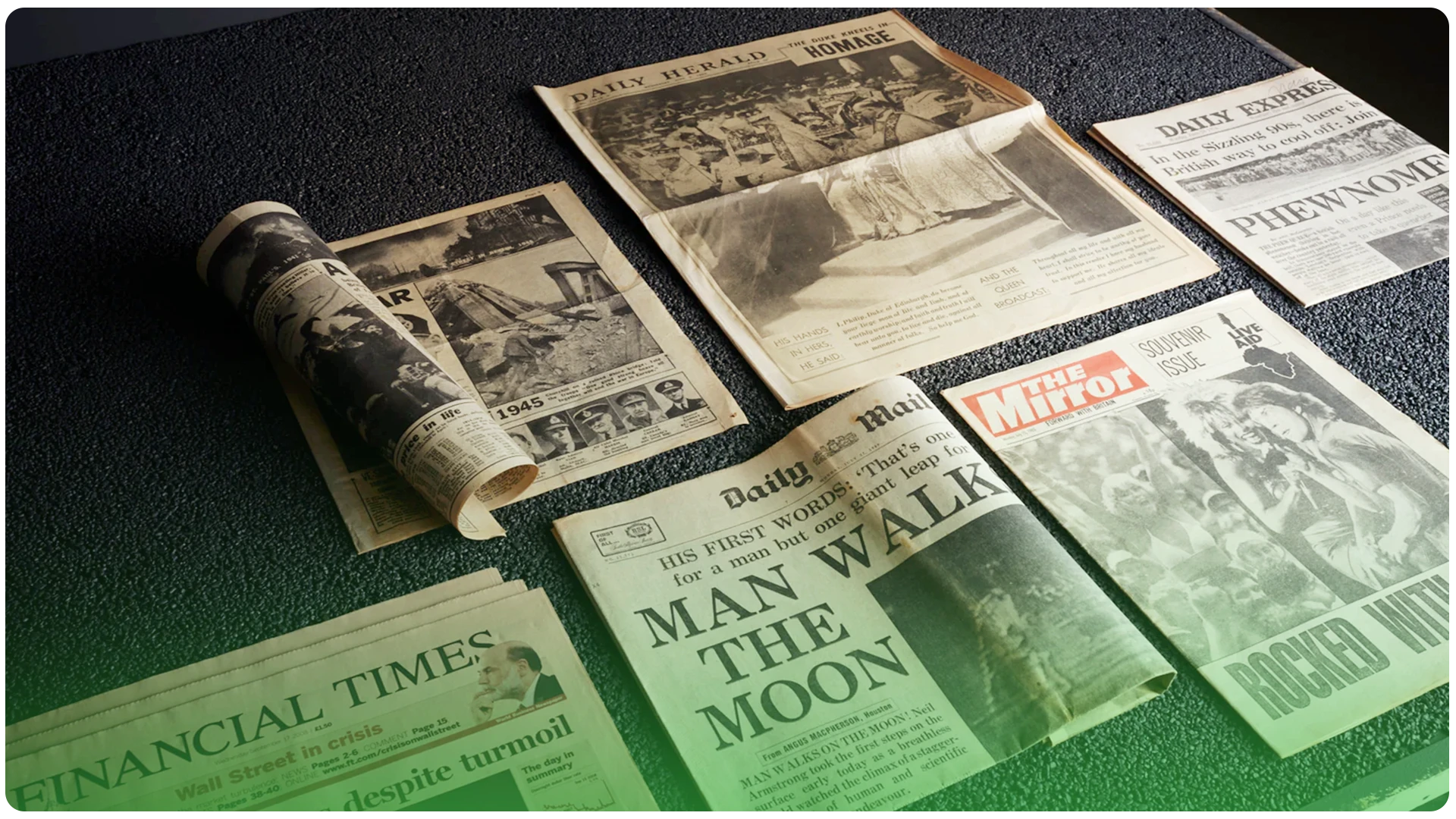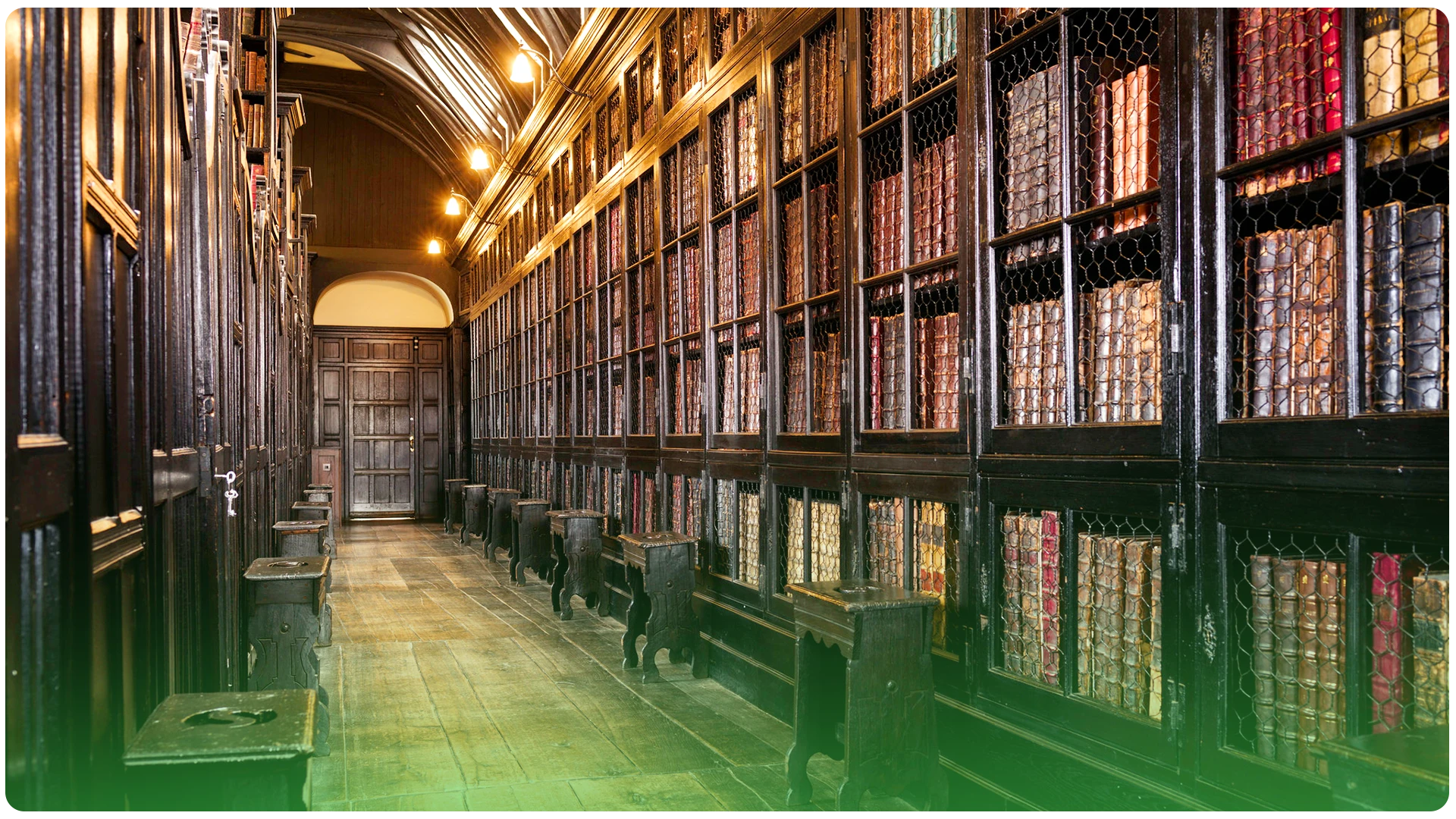Why Discovering Your Home’s History Matters
Have you ever walked through your front door and wondered who lived there before you, or what your home looked like 100 years ago? Learning about your property’s past isn’t just fascinating. It can also uncover important legal, architectural, or cultural insights. Whether you’re renovating, buying, selling, or just curious, knowing how to search the history of a house in the UK can open up a whole new perspective.
From land ownership records to historic maps, there are many accessible resources that reveal the story of your home. The UK offers a wealth of public archives, digital tools, and even free government databases that make this research easier than you might think. In this guide, we’ll take you step by step through the best ways to explore your home’s past, using reliable UK-specific sources and expert tips that work for both modern and period properties.
If you’re not just curious about your property’s past but also considering its future, understanding its history can be a powerful tool when it comes time to sell. Whether it adds value or context, a well-documented history can attract informed buyers. And if you’re ready to make that move, we can help you sell your house fast with trusted, local expertise and a hassle-free process.
How Can You Find Out the History of a House in the UK?
You can explore your property’s past using the following trusted UK resources:
- HM Land Registry: Access official title deeds and ownership history
- Census Records & Electoral Rolls: Identify past residents and families
- Local Council Archives: Find planning applications and renovation history
- Historic England & Heritage Gateway: Check if your home is listed or historically protected
- British Newspaper Archive: Search for events, sales, or incidents involving the property
- Local Libraries & Historical Societies: Discover community knowledge and unique insights
If you’re asking, “how can you find out the history of a house in the UK?”, the answer lies in combining several public and private resources. The HM Land Registry is usually the first step, offering affordable access to property title information. Next, historical census records and electoral registers can reveal who lived there and when. For more in-depth context, explore local planning archives, which often include old maps, renovation details, or original blueprints. Additionally, organisations like Historic England provide insights into listed buildings and conservation areas. Finally, local history groups and libraries often house stories, directories, or personal accounts that bring a property’s story to life.
HM Land Registry – Access official title deeds and ownership history
The HM Land Registry is the official government body that maintains records of property ownership in England and Wales. By searching your address, you can download the title register (for £3), which includes current and previous owners, purchase dates, and legal rights affecting the property. This is often the first and most reliable step when researching a home’s history. You can also access the title plan, showing boundaries and land layout. It’s quick, affordable, and available online.
Census Records & Electoral Rolls – Identify Past Residents and Families
Census records and electoral rolls are invaluable tools for discovering who lived in your house over time. The UK census, conducted every ten years, lists names, ages, occupations, and household relationships. You can search by address to uncover previous residents from as far back as 1841. Electoral rolls, updated annually, reveal voting-age occupants and their residency patterns. These records help build a timeline of your home’s history and its former inhabitants.
Local Council Archives – Find Planning Applications and Renovation History
Your local council’s archives can hold a wealth of information about your property’s development. From historic planning applications, renovation permits, and building control records to old photographs and neighbourhood plans, these resources help trace how the property has changed over time. You may find original architectural drawings, applications for extensions, or disputes that shaped your home’s layout. Visiting your local archive or checking their online portal can reveal hidden layers of your property’s story.
Historic England & Heritage Gateway – Check If Your Home Is Listed or Protected
If your home is old or architecturally unique, it may be a listed building, meaning it holds special historical or cultural significance. Historic England maintains the National Heritage List, where you can search by address to find out if your property is protected. The Heritage Gateway also offers access to local historic environment records, including archaeological data, architectural descriptions, and past ownership notes. These platforms are essential for understanding the heritage status and legal considerations tied to your property.
British Newspaper Archive – Search for Events, Sales, or Incidents Involving the Property
Old newspapers can reveal surprising details about your home’s past—sales listings, crime reports, community events, or even mentions of notable residents. The British Newspaper Archive allows you to search millions of digitised UK newspaper pages by address, postcode, or surname. You might uncover stories about former owners, property disputes, or real estate ads from the early 1900s. While full access requires a subscription, limited searching is free and well worth exploring for deeper historical context.
Local Libraries & Historical Societies – Discover Community Knowledge and Unique Insights
Local libraries and historical societies often hold unique, locally-sourced records that aren’t available online. These may include parish records, local directories, photo archives, handwritten notes, and oral histories related to your street or home. Many societies have volunteers who specialize in local history and can offer valuable tips or even documents about your property. This offline research adds personal and cultural depth that official records might miss, especially for older or lesser-known homes.
How to Search the History of a House Using Maps and Records
Maps and public records are some of the most revealing tools when researching a property’s past. Historic maps, especially Ordnance Survey maps, let you visually track how a house and its surroundings have changed over time. You can see when roads appeared, how nearby buildings developed, or whether your property replaced farmland, factories, or older homes.
The National Library of Scotland offers a free online archive of detailed historical maps covering the whole UK, not just Scotland. By overlaying modern and historical views, you can uncover structural changes, demolitions, or boundary shifts.
In addition to maps, property records like title deeds and land use plans available from the HM Land Registry or your local planning office provide legal and architectural insight. Some archives even include building blueprints, planning objections, and renovation timelines.
Combining these resources gives you a fuller picture of your home’s evolution, helping you answer not just who lived there, but how the property was used and transformed. These tools are especially valuable for Victorian, Georgian, or pre-war properties where formal digital records are limited.
How to Get History on a House: Past Residents and Property Sales
One of the most intriguing aspects of house history research is discovering who lived in the property before you and how its value has evolved over time. To get the history on a house, you can begin by exploring census records and electoral rolls, which reveal names, occupations, and household compositions dating back to the 19th century. These records can be searched by address on genealogy platforms like Findmypast or Ancestry.co.uk.
Next, check property sale history through websites such as Rightmove or Zoopla. These platforms provide historical sale prices, which help build a picture of how your home’s value has changed through the decades.
If you’re lucky, the British Newspaper Archive may also include articles about previous occupants, public auctions, or notable events connected to the address.
For deeper insight, visit your local history centre, which may have past phone books, resident directories, or school registers tied to your home. Together, these tools can help you map out a timeline of people and prices, bringing your property’s past to life in vivid detail.
How to Look Up the History of a House Step-by-Step
If you’re ready to uncover your home’s story, here’s a simple and structured approach to look up the history of a house in the UK. Whether you’re researching a Victorian terrace, a 1930s semi, or a modern flat, this step-by-step process covers the essentials:
Step 1: Check the HM Land Registry
Start with the title register to identify past and current owners, sale dates, and legal rights attached to the property.
Step 2: Review Census and Electoral Records
Look up past occupants using address-based searches in census records (e.g. 1911, 1921, and 1939) and local electoral rolls.
Step 3: Explore Historic Maps
Compare modern and historical layouts using free Ordnance Survey maps from the National Library of Scotland.
Step 4: Visit Local Archives
Access planning applications, building control documents, and historical photos from your local council or library.
Step 5: Search Newspapers and Heritage Lists
Use the British Newspaper Archive and Historic England to check for stories, incidents, or listed building status.
Conclusion: Start Your Home History Journey Today
Uncovering your home’s past is more than just a curiosity. It can offer insights into architecture, ownership, local history, and even property value trends. Whether you’re buying, renovating, or simply intrigued, knowing how to search the history of a house gives you a new appreciation for where you live.
From official records at the HM Land Registry to personal stories buried in census data, historic maps, and newspaper archives, there are many tools available—most of them online and affordable. Local councils, historical societies, and national databases all contribute to a fuller picture of your home’s journey.
So, whether your property was once a Victorian family home, a post-war rebuild, or a listed building with unique heritage, now you have the steps to trace its story. Start today with one search—you never know what fascinating details you’ll discover.
Frequently Asked Questions About House History in the UK
How do I find the history of a house in the UK?
Start with the HM Land Registry to access title deeds and ownership history. Then check census records, electoral rolls, and local archives for past residents and building records. Historic maps, newspaper archives, and platforms like Findmypast or Historic England also offer key insights into your home’s past.
Can I find out who lived in my house before me?
Yes, UK census data and electoral rolls allow you to trace previous occupants by address. Sites like Ancestry.co.uk or Findmypast make it easy to search residents dating back to the 1800s. You might also find names in planning records, parish registers, or old phone books.
How do I find out if my house is listed or has historic value?
Search your address on the Historic England website. If your home is listed, it means it has national architectural or historical importance. The listing will detail why it’s protected, when it was designated, and what restrictions apply to renovations or changes.
How do I find old maps of my house?
The National Library of Scotland offers free access to high-resolution Ordnance Survey maps, covering all UK regions. You can compare current layouts with maps from the 1800s to identify structural changes, lost buildings, and evolving neighbourhood landscapes.
Can estate agents provide information about a house’s past?
Estate agents typically know only recent history like previous sales, renovations, or EPC ratings. For deeper insights (like ownership before 1990), use public records, newspapers, or archives. You can also commission a professional house historian for detailed reports.
Does it cost money to get the history of a house?
Some resources are free (like old maps and local archives), while others may charge. For example, HM Land Registry documents cost £3, and platforms like Findmypast require subscriptions. However, you can still access plenty of data without breaking the bank.
How can I find old newspaper articles about my house?
Search for your address or former residents in the British Newspaper Archive. This platform includes millions of digitised pages from regional and national newspapers. You might find real estate ads, crime stories, auction notices, or historical mentions involving your home.

